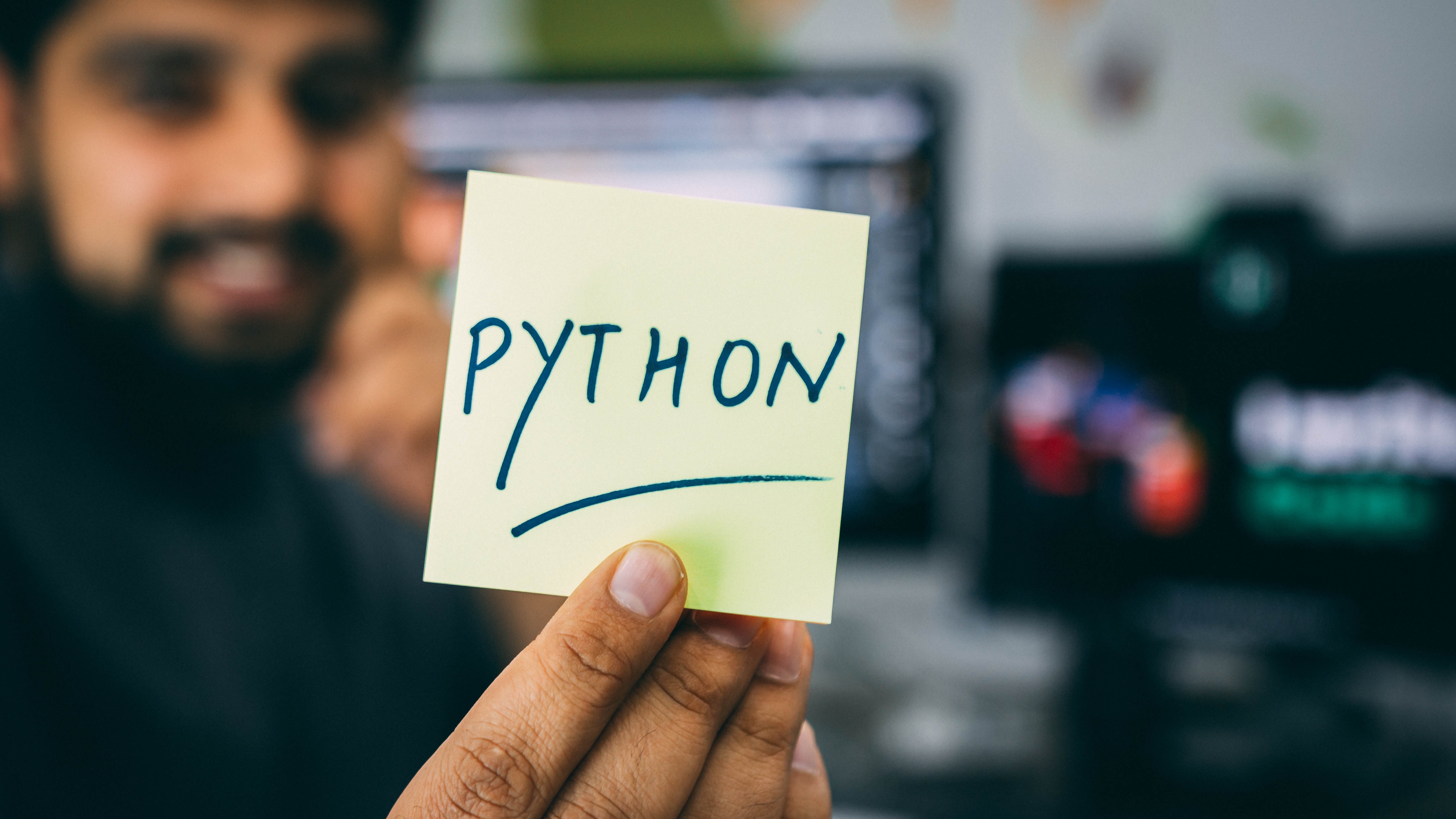Introduction:
Data science has become an indispensable field in today's technology-driven world, and Python has emerged as the go-to programming language for data scientists. Python's versatility, simplicity, and vast ecosystem of libraries make it an ideal choice for data analysis and manipulation. In this article, we will explore ten essential Python libraries that empower data scientists to extract meaningful insights from raw data. Let's dive into the world of data science and uncover the tools that make it all possible.

NumPy:
NumPy, short for Numerical Python, is the foundation library for scientific computing in Python. It provides high-performance multidimensional array objects, along with a collection of mathematical functions to manipulate these arrays efficiently. NumPy's powerful data structures and mathematical operations facilitate tasks such as numerical computing, linear algebra, and Fourier transforms.
Pandas:
Pandas is a versatile and user-friendly library built on top of NumPy. It offers data structures like DataFrames and Series, which provide a powerful way to handle and analyze structured data. With Pandas, data scientists can efficiently clean, transform, and aggregate datasets, perform data exploration, and apply various statistical operations. It is an essential tool for data wrangling and manipulation.
Matplotlib:
Matplotlib is a widely-used plotting library that enables data scientists to create visualizations in Python. Whether it's line plots, scatter plots, bar plots, or histograms, Matplotlib provides a flexible and customizable interface to generate high-quality visual representations of data. Its extensive set of plotting functions and features make it an indispensable tool for data exploration and communication.
Seaborn:
Seaborn is a statistical data visualization library that builds on top of Matplotlib. It offers a higher-level interface and focuses on producing attractive and informative statistical graphics. Seaborn simplifies the creation of complex visualizations, such as heatmaps, pair plots, and regression plots, with just a few lines of code. It also provides themes and color palettes that enhance the aesthetic appeal of the visualizations.
Scikit-learn:
Scikit-learn is a comprehensive machine-learning library that provides a wide range of algorithms and tools for data modeling and analysis. It offers implementations for supervised and unsupervised learning techniques, including classification, regression, clustering, and dimensionality reduction. Scikit-learn simplifies the process of training and evaluating machine learning models and provides utilities for tasks such as feature extraction and model selection.
TensorFlow:
TensorFlow is a powerful open-source library primarily used for deep learning. It provides a flexible framework for building and training neural networks and allows data scientists to perform complex computations efficiently. TensorFlow's extensive ecosystem offers pre-trained models, tools for visualization, and support for distributed computing. It has gained widespread adoption in various domains, from computer vision to natural language processing.
Keras:
Keras is a high-level neural network library that runs on top of TensorFlow. It offers a user-friendly interface to build and train deep learning models, making it accessible to both beginners and experts. Keras simplifies the process of constructing complex neural network architectures, enabling data scientists to experiment and iterate quickly. With Keras, implementing state-of-the-art deep learning models becomes a seamless experience.
Statsmodels:
Statsmodels is a library that focuses on statistical modeling and econometrics. It provides a broad range of statistical techniques, including linear regression, time series analysis, and hypothesis testing. Statsmodels complements NumPy and Pandas by offering statistical models and methods specifically tailored for data analysis. It is a valuable resource for extracting insights and making informed decisions based on data-driven analysis.
NetworkX:
NetworkX is a Python library for studying the structure and dynamics of complex networks. It provides a comprehensive set of tools to analyze and visualize network data, ranging from social networks to biological networks. NetworkX offers algorithms for network generation, manipulation, and traversal, enabling data scientists to uncover patterns and properties within network data. It is an invaluable tool for network analysis and modeling.
NLTK:
The Natural Language Toolkit (NLTK) is a library for natural language processing (NLP) in Python. It provides tools for tokenization, stemming, tagging, and parsing textual data, making it easier to extract meaningful information from text documents. NLTK also includes various corpora and lexical resources that aid in NLP tasks such as sentiment analysis, named entity recognition, and machine translation.
Conclusion:
Python's versatility as a programming language, combined with its rich ecosystem of libraries, has made it a popular choice among data scientists. The ten essential Python libraries mentioned in this article, including NumPy, Pandas, Matplotlib, Seaborn, Scikit-learn, TensorFlow, Keras, Statsmodels, NetworkX, and NLTK, cover a wide range of data analysis and manipulation tasks, from basic numerical computations to advanced machine learning and network analysis.
By harnessing the power of these libraries, data scientists can unlock the true potential of data, uncover hidden patterns, and derive meaningful insights. Whether you are a beginner in data science or an experienced practitioner, these libraries will serve as indispensable tools in your data analysis toolkit. Embrace the power of Python and embark on a data-driven journey to explore and understand the world around us.

No comments yet